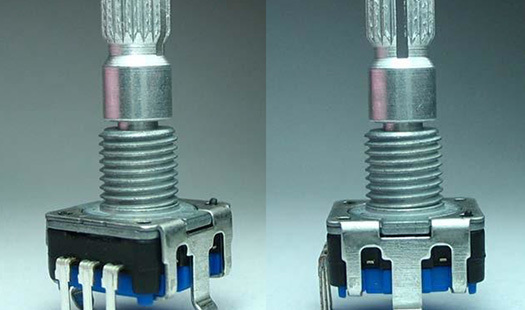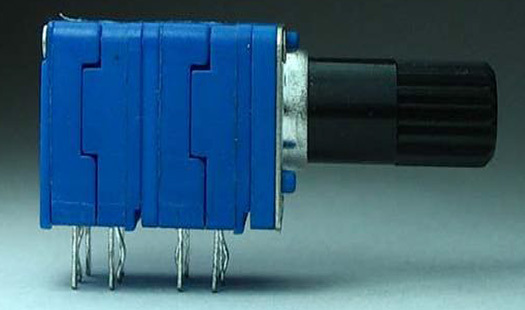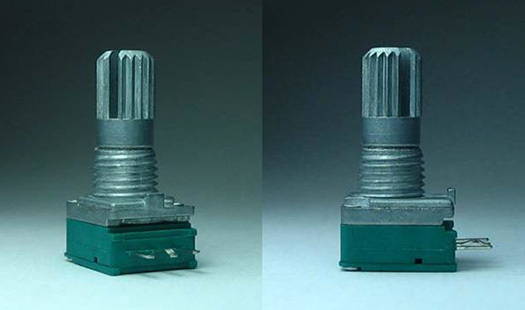Understanding Chinese Potentiometer Rotaries: Essential Insights for Professionals
Jun 14,2025
Potentiometers are crucial components in the electronics industry, often serving as variable resistors that allow users to control electrical signals in a myriad of applications. Among the various types, Chinese potentiometer rotaries have gained prominence due to their affordability, reliability, and versatility. This article delves into the characteristics and considerations associated with thes
Potentiometers are crucial components in the electronics industry, often serving as variable resistors that allow users to control electrical signals in a myriad of applications. Among the various types, Chinese potentiometer rotaries have gained prominence due to their affordability, reliability, and versatility. This article delves into the characteristics and considerations associated with these devices, offering valuable insights for professionals in the field.
Chinese potentiometer rotaries are typically designed with a rotating shaft that adjusts resistance as the user turns the knob. This functionality makes them ideal for various applications, including volume controls in audio equipment, light dimmers, and as input devices in electronic circuits. Understanding how these components work can significantly enhance their application in your projects.
One of the key features of Chinese potentiometer rotaries is their construction. Most models consist of a resistive element, a wiper, and a housing. The resistive element, often made from carbon or cermet, determines the range of resistance values. As the shaft is rotated, the wiper moves along the resistive element, creating a variable output voltage that can be used to control circuitry.
When selecting a Chinese potentiometer rotary, several factors come into play. The resistance value is paramount; common options range from 1kΩ to 1MΩ, depending on the application requirements. Additionally, consider the physical size and mounting style, such as through-hole or surface mount, which will impact how easily the potentiometer can be integrated into your design.
Durability and lifespan are other critical elements. Many Chinese potentiometer rotaries are rated for hundreds of thousands of cycles, making them suitable for both consumer-grade and professional applications. However, it’s essential to evaluate the specific use case. For instance, in high-wear environments, choosing a potentiometer with enhanced mechanical durability may be necessary.
Another consideration is taper type, which refers to how the resistance changes with rotation. Linear and audio (logarithmic) tapers are common, with linear being suitable for voltage divider applications and audio taper being more appropriate for applications like volume control, where human perception of sound levels is logarithmic.
In conclusion, Chinese potentiometer rotaries offer an affordable and reliable solution for various electronic applications. A comprehensive understanding of their construction, selection criteria, and functionality empowers professionals to make informed decisions that enhance their designs. As the demand for versatile electronic components continues to grow, staying updated on the latest advancements in potentiometer technology will be crucial in maintaining a competitive edge in the industry.
Chinese potentiometer rotaries are typically designed with a rotating shaft that adjusts resistance as the user turns the knob. This functionality makes them ideal for various applications, including volume controls in audio equipment, light dimmers, and as input devices in electronic circuits. Understanding how these components work can significantly enhance their application in your projects.
One of the key features of Chinese potentiometer rotaries is their construction. Most models consist of a resistive element, a wiper, and a housing. The resistive element, often made from carbon or cermet, determines the range of resistance values. As the shaft is rotated, the wiper moves along the resistive element, creating a variable output voltage that can be used to control circuitry.
When selecting a Chinese potentiometer rotary, several factors come into play. The resistance value is paramount; common options range from 1kΩ to 1MΩ, depending on the application requirements. Additionally, consider the physical size and mounting style, such as through-hole or surface mount, which will impact how easily the potentiometer can be integrated into your design.
Durability and lifespan are other critical elements. Many Chinese potentiometer rotaries are rated for hundreds of thousands of cycles, making them suitable for both consumer-grade and professional applications. However, it’s essential to evaluate the specific use case. For instance, in high-wear environments, choosing a potentiometer with enhanced mechanical durability may be necessary.
Another consideration is taper type, which refers to how the resistance changes with rotation. Linear and audio (logarithmic) tapers are common, with linear being suitable for voltage divider applications and audio taper being more appropriate for applications like volume control, where human perception of sound levels is logarithmic.
In conclusion, Chinese potentiometer rotaries offer an affordable and reliable solution for various electronic applications. A comprehensive understanding of their construction, selection criteria, and functionality empowers professionals to make informed decisions that enhance their designs. As the demand for versatile electronic components continues to grow, staying updated on the latest advancements in potentiometer technology will be crucial in maintaining a competitive edge in the industry.
PREVIOUS:
More Information
More Information
RECOMMENDED










